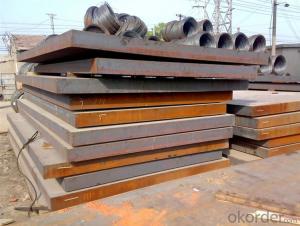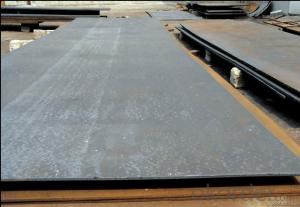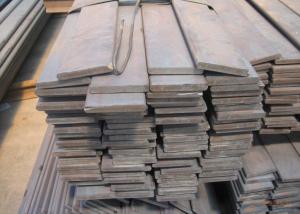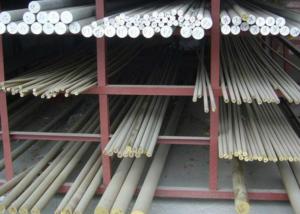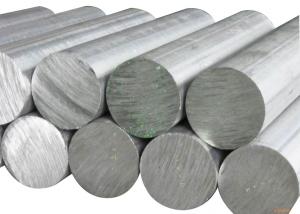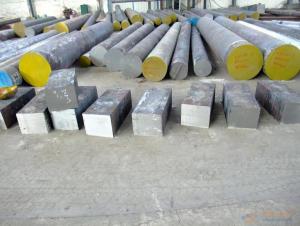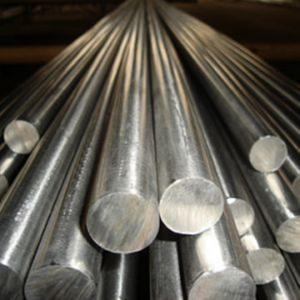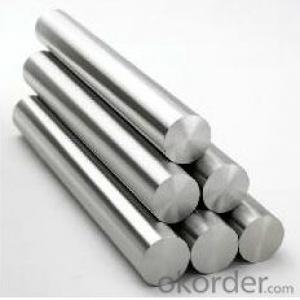Special Steel SKD11 Cold Working Die Steel Plate
- Loading Port:
- China main port
- Payment Terms:
- TT OR LC
- Min Order Qty:
- 25 m.t.
- Supply Capability:
- 10000 m.t./month
OKorder Service Pledge
OKorder Financial Service
You Might Also Like
Item specifice
The details of our Steel
1. Produce Standard: as the GB, AISI, ASTM, SAE, EN, BS, DIN, JIS Industry Standard
2. Produce processes: Smelt Iron -EAF smelt Billet - ESR smelt Billet -Hot rolled or forged get the steel round bar and plate
3. Heat treatment:
Normalized / Annealed / Quenched+Tempered
4. Quality assurance:
All order we can received Third party inspection, You can let SGS, BV,.. and others test company test and inspect our products before Goods shipping.
Product information
Chemical Composition(%)
Country | Standard | C | Si | Mn | Cr | Mo | V | S | P | Other |
China(GB) | Cr12Mo1V1 | 1.40-1.60 | ≤0.60 | ≤0.60 | 11.0-13.0 | 0.70-1.20 | ≤1.10 | ≤0.030 | ≤0.030 | Co≤1.00 |
USA(ASTM) | D2 | 1.40-1.60 | 0.30-0.50 | 0.30-0.50 | 11.0-13.0 | 0.70-1.20 | 0.8 | ≤0.025 | ≤0.025 | Co:0.60 |
Germany(DIN) | 1.2379 | 1.50-1.60 | 0.10-0.40 | 0.15-0.45 | 11.5-12.5 | 0.60-0.80 | 0.90-1.10 | ≤0.030 | ≤0.030 | - |
Japan(JIS) | SKD11 | 1.40-1.60 | ≤0.40 | ≤0.60 | 11.0-13.0 | 0.80-1.20 | 0.20-0.50 | - | - | Ni≤0.50 |
Available Size
Rolled flat steel | 12-90mm×205-610mm×L |
Forged flat steel | 100-300mm×400-600mm×L |
Applications: suitable for various complicated cold working dies with high precision and long lifetime,such as punching dies,cold extrusion dies,thread rolling dies,screw plates,cold extrusion dies,and precise measuring devices
Product show

Workshop show
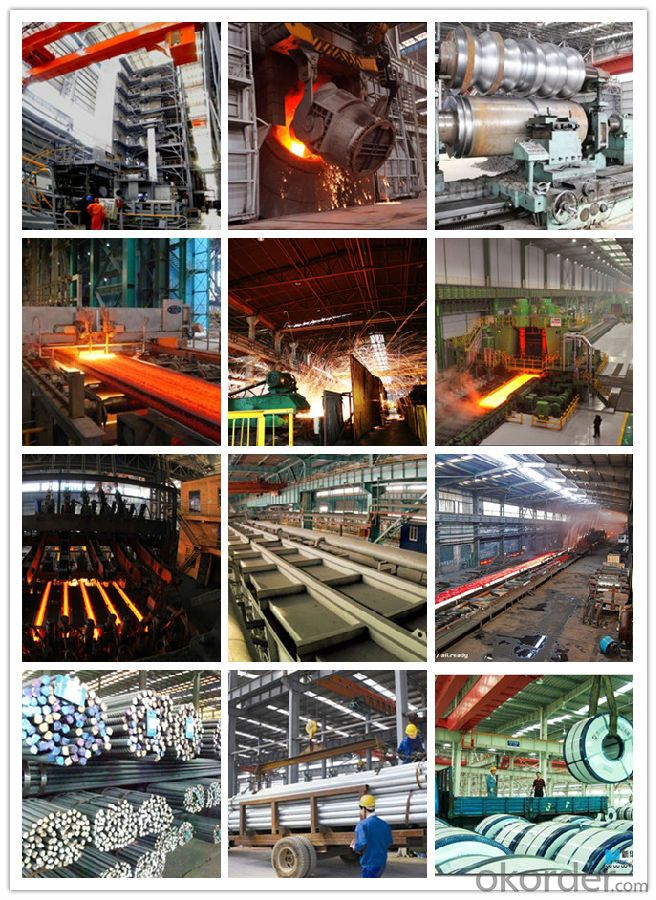
- Q:What are the different passivation techniques used for special steel?
- There are several passivation techniques used for special steel, including chemical passivation, electrochemical passivation, and mechanical passivation. Chemical passivation involves the use of acidic solutions to remove impurities from the steel's surface and create a passive oxide layer. Electrochemical passivation utilizes an electrical current to form the protective oxide layer on the steel's surface. Mechanical passivation involves processes such as shot blasting or grinding to remove contaminants and improve the surface quality of the steel. These techniques help enhance the corrosion resistance and overall performance of special steel.
- Q:How is corrosion-resistant stainless steel used in the production of marine equipment?
- Corrosion-resistant stainless steel is extensively used in the production of marine equipment due to its ability to withstand the harsh corrosive environment of saltwater. It is used for various applications such as shipbuilding, offshore structures, and marine components like propellers, valves, and fittings. The stainless steel's resistance to corrosion helps prevent rust and degradation, ensuring the longevity and durability of marine equipment even in challenging marine conditions.
- Q:What are the specific requirements for special steel used in the railway track industry?
- The safety, durability, and efficiency of railway tracks in the industry require special steel that meets specific requirements. Firstly, the steel used must possess high tensile strength to withstand the heavy loads and constant stress imposed by trains. This strength ensures the tracks maintain their shape and prevent deformation, allowing for smooth and stable train movement. Secondly, the steel must exhibit exceptional wear resistance due to the significant friction and wear between train wheels and tracks. It should withstand this wear and tear, minimizing the need for frequent maintenance and replacement. Thirdly, the steel must possess good fatigue resistance as trains exert repetitive loads on the tracks. Without adequate fatigue resistance, the steel may fail under cyclic loading, posing a risk of accidents. Fatigue resistance ensures the tracks remain intact and safe for extended periods. Furthermore, the steel must have high corrosion resistance to withstand exposure to various environmental and weather conditions. Moisture, temperature variations, and corrosive elements can cause rust and corrosion, making it vital for the steel to resist these effects. Additionally, the steel used in the railway track industry must meet specific dimensional and geometric requirements. This includes precise dimensions, straightness, and alignment to ensure proper installation and alignment of the tracks, enabling smooth and safe train operations. Overall, meeting the specific requirements for special steel in the railway track industry is crucial for ensuring safety, longevity, and efficiency. It allows for smooth and reliable train transportation, contributing to the overall success of the railway industry.
- Q:What are the main factors affecting the corrosion resistance of special steel?
- The corrosion resistance of special steel can be influenced by several key factors. To begin with, the composition of the steel is pivotal in determining its ability to resist corrosion. Special steels often contain alloying elements like chromium, nickel, and molybdenum, which create a protective oxide layer on the steel's surface. This layer acts as a barrier, preventing corrosive substances from reaching the steel and causing damage. The higher the percentage of these alloying elements, the stronger the corrosion resistance of the steel. Another significant factor is the presence of impurities or contaminants in the steel. Impurities like sulfur or phosphorous can compromise the protective oxide layer, making the steel more vulnerable to corrosion. Therefore, it is crucial to ensure the purity of the steel and implement appropriate manufacturing processes to maintain good corrosion resistance. The surface finish of the steel also plays a role in its corrosion resistance. A smooth and polished surface minimizes the areas where corrosive substances can gather and penetrate the steel, thereby reducing the chances of corrosion. Surface treatments like passivation or coating can further enhance the corrosion resistance of special steel. Moreover, the environment in which the steel is exposed is a critical factor. Different environments contain varying levels of corrosive substances such as moisture, acids, or salts, which can accelerate the corrosion process. Marine environments, for example, with their high salt content, are particularly corrosive and demand special steel grades with superior resistance to such conditions. Finally, the operating temperature of the steel can impact its corrosion resistance. Certain special steels, like stainless steel, exhibit excellent resistance to corrosion at elevated temperatures, making them suitable for high-temperature applications where other materials may corrode. To summarize, the corrosion resistance of special steel is influenced by factors such as composition, impurities, surface finish, environment, and operating temperature. By considering these factors and selecting the appropriate steel grade, one can ensure optimal corrosion resistance for specific applications.
- Q:What are the different casting methods used for special steel?
- There are several different casting methods that are commonly used for special steel, depending on the specific needs and requirements of the application. These methods include investment casting, sand casting, continuous casting, and centrifugal casting. 1. Investment casting: This method involves creating a wax pattern of the desired part, which is then coated with a ceramic shell. The wax is melted out, leaving behind a hollow shell, which is then filled with molten steel. Once the steel has solidified, the ceramic shell is broken away, and the final part is obtained. Investment casting allows for complex shapes and intricate details to be created accurately, making it suitable for producing high-quality and precise special steel components. 2. Sand casting: Sand casting is one of the oldest and most widely used casting methods. It involves creating a mold from a mixture of sand and a binder, typically clay. The mold is formed by packing the sand mixture around a pattern of the desired part. Molten steel is then poured into the mold, filling the cavity, and left to cool and solidify. Sand casting is a versatile and cost-effective method, suitable for producing large and heavy special steel components. 3. Continuous casting: This method is commonly used for producing long steel products, such as bars, rods, and billets. It involves continuously pouring molten steel into a water-cooled mold, which solidifies the outer surface of the steel. The solidified steel is then continuously withdrawn from the bottom of the mold, while more molten steel is poured in from the top. Continuous casting allows for the production of high-quality, defect-free steel with a consistent cross-section. 4. Centrifugal casting: In this method, the mold is rotated at high speeds while molten steel is poured into it. The centrifugal force pushes the molten steel towards the outer walls of the mold, resulting in a dense and compact casting with improved mechanical properties. Centrifugal casting is particularly suitable for producing cylindrical or tubular special steel components, such as pipes and rings. Overall, the choice of casting method for special steel depends on factors such as the complexity of the part, the required quality and accuracy, the size and shape of the component, and the production volume. Each method has its advantages and limitations, and careful consideration is necessary to select the most appropriate casting method for a specific application.
- Q:How does special steel perform in cryogenic wear resistance?
- Special steel is renowned for its outstanding performance in resisting wear and tear in cryogenic environments. When exposed to extremely low temperatures, special steel retains its strength, hardness, and durability, rendering it highly resistant to wearing and friction. This is particularly vital in applications involving cryogenic settings, such as those found in the aerospace industry or in superconductor production. The distinct composition and processing techniques employed in special steel enable it to withstand the challenges posed by cryogenic conditions. It showcases superior toughness, ensuring that it does not become brittle or susceptible to cracking when subjected to low temperatures. Furthermore, the steel's microstructure remains stable, preventing any significant alterations in its mechanical properties when exposed to extreme cold. Moreover, special steel is frequently subjected to various surface coatings or heat treatments to further enhance its resistance to wear. These treatments generate a protective layer or alter the steel's microstructure, thereby reducing the likelihood of wear and prolonging its lifespan in cryogenic environments. To summarize, special steel excels in resisting wear and tear in cryogenic conditions due to its ability to maintain strength, hardness, and durability at extremely low temperatures. Its exceptional toughness, stable microstructure, and potential for surface treatments make it the preferred choice for applications that demand reliable performance in cryogenic settings.
- Q:How does special steel perform in high-stress environments?
- Special steel is designed specifically for high-stress environments, excelling in various forms of stress, including mechanical, thermal, and chemical stress. What sets it apart is its distinct composition and manufacturing process, resulting in exceptional resistance to stress. One of the standout features of special steel is its remarkable tensile strength. It can withstand immense pressure without deforming or failing. This strength is achieved by incorporating alloying elements like chromium, nickel, and molybdenum, which enhance its structural integrity and toughness. These elements also enhance the steel's resistance to corrosion and oxidation, ensuring its durability and reliability in harsh conditions. Additionally, special steel exhibits superb fatigue resistance, enabling it to endure repetitive and cyclic loading without developing cracks or fractures. This quality is crucial in high-stress environments where components are constantly subjected to vibrations or cyclic loading, such as in aerospace, automotive, and industrial applications. Not only does special steel possess impressive mechanical properties, but it also boasts exceptional resistance to extreme temperatures. It retains its strength and integrity even at elevated temperatures, making it suitable for use in high-temperature environments like power plants, furnaces, and chemical processing industries. Furthermore, special steel excels in wear resistance, enabling it to withstand abrasive conditions encountered in mining, construction, or manufacturing processes. This reduces the need for frequent maintenance or replacement, resulting in cost savings and increased productivity. In conclusion, special steel's outstanding performance in high-stress environments can be attributed to its unique combination of strength, durability, corrosion resistance, fatigue resistance, temperature resistance, and wear resistance. Its ability to withstand extreme conditions makes it the ideal choice for critical applications where reliability and safety are of utmost importance.
- Q:How does special steel contribute to the overall strength and durability of structures?
- Several factors contribute to the overall strength and durability of structures, and special steel is one such factor. Firstly, the manufacturing process of special steel involves incorporating specific alloying elements that enhance its mechanical properties. This leads to an increase in tensile strength and hardness, enabling the steel to withstand higher loads and pressures. Consequently, the structural integrity of buildings and infrastructures is ensured. Additionally, special steel is renowned for its remarkable resistance against corrosion. This is particularly significant for structures that are exposed to harsh environmental conditions or come into contact with corrosive substances. By preventing rust and degradation, special steel significantly prolongs the lifespan of structures. As a result, maintenance costs are reduced, and the need for frequent repairs or replacements is minimized. Furthermore, the unique properties of special steel enable the creation of streamlined and lightweight structures. Its high strength-to-weight ratio empowers architects and engineers to design structures with thinner sections and reduced material usage, all while maintaining the necessary strength. This not only saves costs but also reduces the environmental impact associated with construction. Moreover, special steel exhibits exceptional toughness and impact resistance. This makes it highly resistant to fractures or buckling when subjected to extreme loads or dynamic forces. This property is particularly crucial for structures that face seismic events, heavy vibrations, or impacts, as it guarantees the safety and stability of the building or infrastructure. In conclusion, special steel plays a critical role in enhancing the overall strength and durability of structures. Its unique mechanical properties, corrosion resistance, lightweight nature, and high toughness all contribute to the longevity, safety, and cost-effectiveness of buildings and infrastructures.
- Q:How is special steel used in the telecommunications supply chain?
- Special steel is used in the telecommunications supply chain for a variety of applications. It is commonly used in the manufacturing of telecommunication towers, antennas, and satellite dishes due to its high strength and durability. Special steel is also utilized in the production of transmission lines, cables, and connectors, where its corrosion resistance and electrical conductivity properties are essential. Additionally, special steel is employed in the fabrication of equipment racks, cabinets, and enclosures, providing a sturdy and secure housing for telecommunication devices. Overall, special steel plays a crucial role in ensuring the reliability and performance of telecommunications infrastructure.
- Q:Can special steel be used in the medical device manufacturing industry?
- Yes, special steel can be used in the medical device manufacturing industry. Special steel alloys, such as stainless steel, are commonly used in the production of medical devices due to their excellent corrosion resistance, biocompatibility, and mechanical properties. These materials provide durability, sterilization compatibility, and are suitable for various medical applications, including implants, surgical instruments, and diagnostic equipment.
1. Manufacturer Overview |
|
|---|---|
| Location | |
| Year Established | |
| Annual Output Value | |
| Main Markets | |
| Company Certifications | |
2. Manufacturer Certificates |
|
|---|---|
| a) Certification Name | |
| Range | |
| Reference | |
| Validity Period | |
3. Manufacturer Capability |
|
|---|---|
| a)Trade Capacity | |
| Nearest Port | |
| Export Percentage | |
| No.of Employees in Trade Department | |
| Language Spoken: | |
| b)Factory Information | |
| Factory Size: | |
| No. of Production Lines | |
| Contract Manufacturing | |
| Product Price Range | |
Send your message to us
Special Steel SKD11 Cold Working Die Steel Plate
- Loading Port:
- China main port
- Payment Terms:
- TT OR LC
- Min Order Qty:
- 25 m.t.
- Supply Capability:
- 10000 m.t./month
OKorder Service Pledge
OKorder Financial Service
Similar products
New products
Hot products
Related keywords
